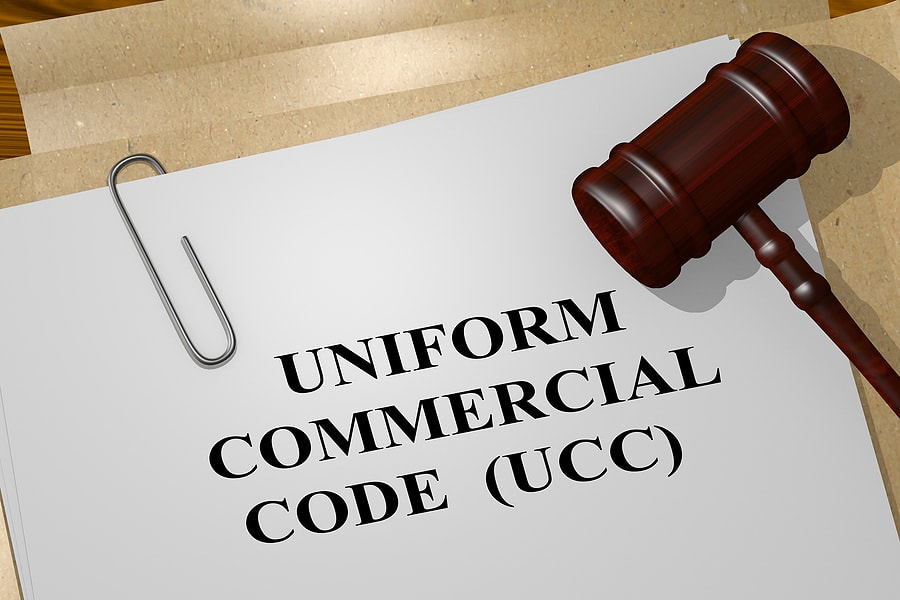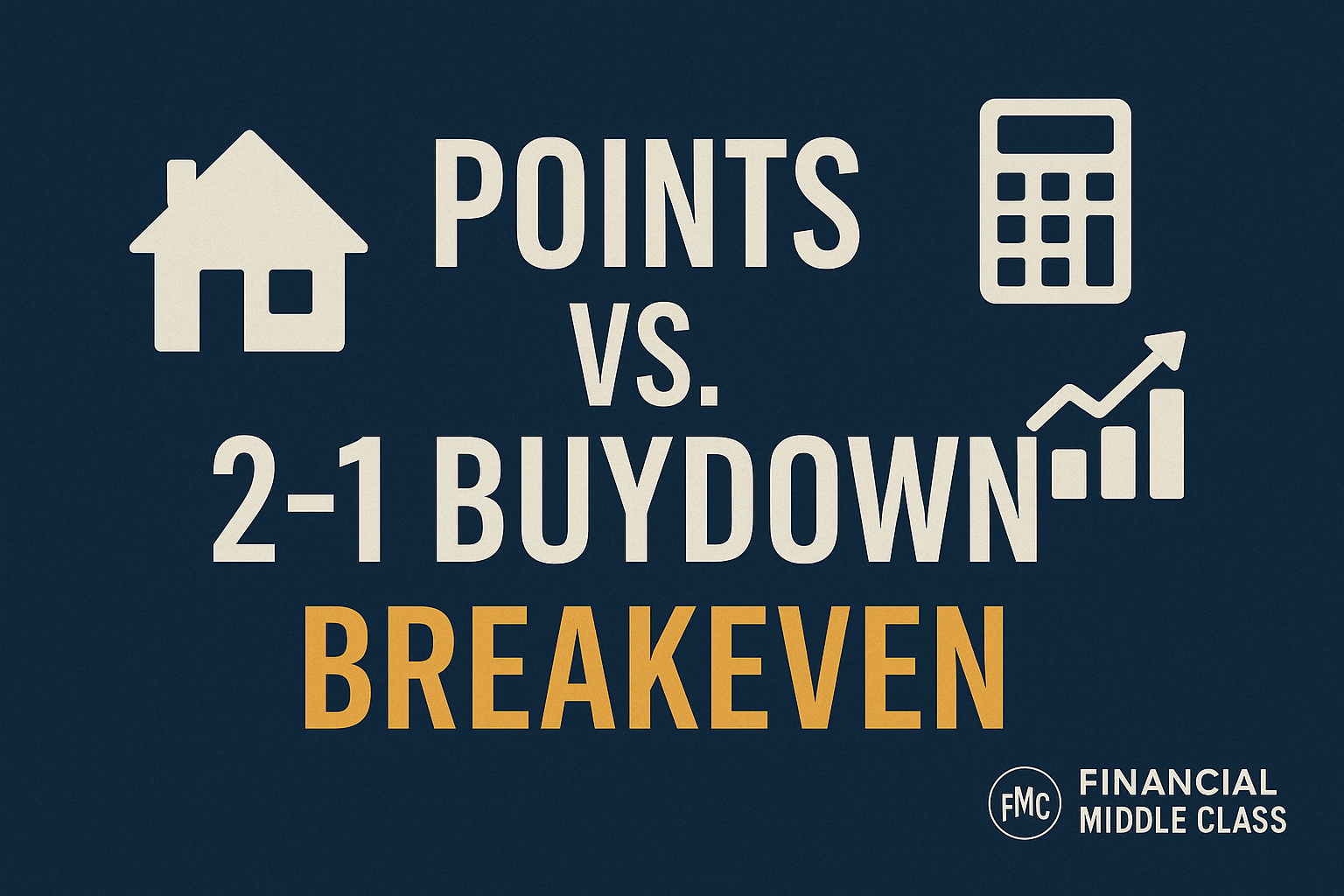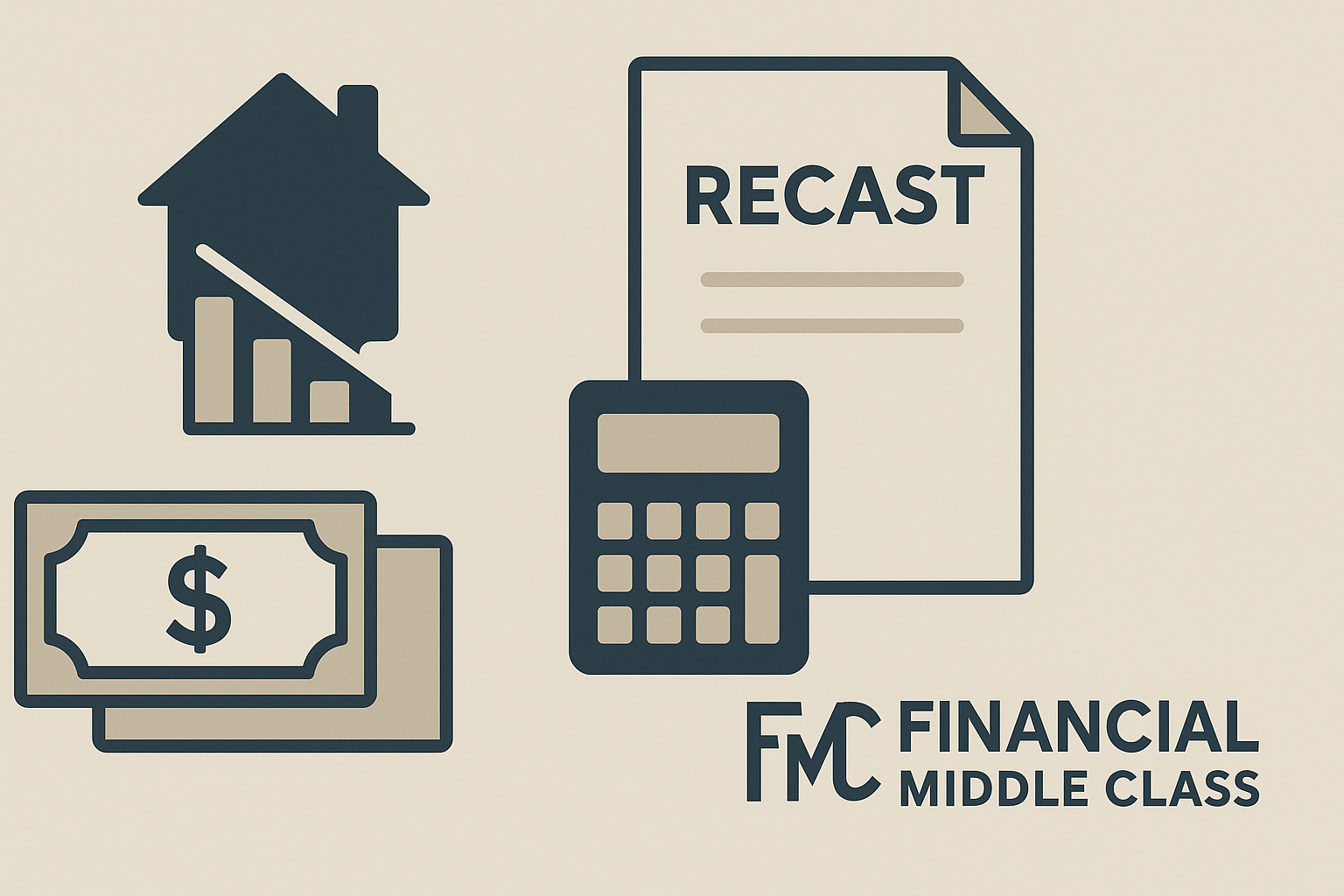
Demystifying the Uniform Commercial Code
By Article Posted by Staff Contributor
The estimated reading time for this post is 303 seconds
The Uniform Commercial Code (UCC) is a set of laws governing commercial transactions in the United States. It was first published in 1952 and has been adopted in all 50 states.
One of the key aspects of the UCC is the filing system, which allows businesses to record important information about their transactions and assets. This information can significantly impact a business’s credit report, so business owners need to understand how UCC filings work.
What is a UCC Filing?
A UCC filing is a document that a business files with the secretary of state’s office in the state where it is incorporated. The filing serves as a public notice that the business has a security interest in a particular asset, such as equipment or inventory.
By filing a UCC document, the business is telling other creditors that it has a claim to that asset.
For example, let’s say a business takes out a loan to purchase a piece of equipment. The lender will typically require the business to file a UCC-1 financing statement, which lists the equipment as collateral for the loan.
This filing alerts other lenders that the equipment is already being used as collateral for another loan. If the business defaults on the loan, the lender that filed the UCC-1 may have priority over other creditors in recovering the equipment or its value.
How UCC Filings Impact Business Credit Reports
UCC filings can have a significant impact on a business’s credit report. Credit reporting agencies, such as Dun & Bradstreet and Experian, track UCC filings and use them to assess a business’s creditworthiness.
For example, if a business has multiple UCC filings, it could indicate that it has taken on a lot of debt or has a lot of outstanding loans. This could be seen as a red flag by lenders, and could make it more difficult for the business to obtain additional credit.
On the other hand, having a UCC filing can also be beneficial for a business’s credit report. It can provide lenders with more information about the business’s assets and financial history, which could make them more willing to extend credit.
Additionally, having a UCC filing can help a business establish a stronger reputation in the marketplace, as it demonstrates that the business is taking steps to protect its assets.
It’s worth noting that UCC filings only impact a business’s credit report if they are filed correctly. If there are errors in the filing, or if it is not filed in a timely manner, it may not be reflected in the business’s credit report.
It’s important for business owners to work with experienced legal and financial professionals when filing UCC documents to ensure that they are completed correctly and on time.
Positive and Negative Effects on a Business’s Credit Report
As previously mentioned, UCC filings can have both positive and negative effects on a business’s credit report. Let’s explore these impacts in more detail.
Positive Impact of UCC Filings on Business Credit Reports
One of the main advantages of UCC filings is that they can help businesses establish a stronger reputation in the marketplace. When a business files a UCC document, it demonstrates to lenders and other creditors that the business is taking steps to protect its assets. This can give them more confidence in the business’s ability to manage its finances responsibly.
Additionally, having a UCC filing can provide lenders with more information about the business’s assets and financial history. This can help them make more informed decisions about whether or not to extend credit to the business.
If a business has a UCC filing that shows it has valuable assets, such as equipment or inventory, lenders may be more willing to provide it with the credit it needs to grow and expand.
Negative Impact of UCC Filings on Business Credit Reports
While UCC filings can have positive impacts on a business’s credit report, they can also have negative effects. If a business has multiple UCC filings, it can be seen as a red flag by lenders. This could indicate that the business is taking on too much debt or has a lot of outstanding loans, which could make it more difficult for the business to obtain additional credit.
Furthermore, if a UCC filing is not filed correctly, it may not be reflected in the business’s credit report.
For example, if the filing contains errors or is not filed in a timely manner, it may not show up on the report. This could lead to a situation where lenders and other creditors are not aware of the business’s existing debts or assets, which could impact their decisions about whether or not to extend credit to the business.
Tips for Filing UCC Documents
If you’re considering filing a UCC document, there are a few tips that can help ensure that the filing has a positive impact on your business credit report:
- Work with an experienced legal and financial professional who can guide you through the process and help you avoid errors.
- Make sure the information on the UCC document is accurate and up-to-date.
- File the document in a timely manner to ensure that it is reflected in your credit report.
- Keep track of all of your UCC filings and update them as necessary. This can help you stay on top of your assets and debts and ensure that your credit report is accurate.
Conclusion
UCC filings are an important aspect of commercial transactions in the United States. By filing a UCC document, businesses can protect their assets and secure loans.
However, UCC filings can also impact a business’s credit report, so it’s important for business owners to understand how they work and to file them correctly.
Working with legal and financial professionals can help ensure that UCC filings are completed accurately and on time, which can help businesses establish a strong reputation in the marketplace and access the credit they need to grow and succeed.
RELATED ARTICLES
Points, Buy-Downs, and Breakeven: Stop Lighting Money on Fire
The estimated reading time for this post is 402 seconds Reality Check: The Payment You Can Breathe With You don’t need another “rate hack.” You need a mortgage payment that lets you sleep. Too many of us are getting pitched...
Mortgage Recast: The Low-Cost Way to Shrink Your Payment Without Refinancing
The estimated reading time for this post is 597 seconds Reality Check You sold the old house but the new one closed first. Now you’re sitting on a chunk of cash and a monthly payment that makes your stomach clench...
Leave Comment
Cancel reply

Points, Buy-Downs, and Breakeven: Stop Lighting Money on Fire

Mortgage Recast: The Low-Cost Way to Shrink Your Payment Without Refinancing

🏠 The House That Built (and Broke) the Middle Class: How Much Home Should Americans Really Buy
Gig Economy
American Middle Class / Oct 26, 2025
Points, Buy-Downs, and Breakeven: Stop Lighting Money on Fire
The estimated reading time for this post is 402 seconds Reality Check: The Payment You Can Breathe With You don’t need another “rate hack.” You need...
By Article Posted by Staff Contributor
American Middle Class / Oct 26, 2025
Mortgage Recast: The Low-Cost Way to Shrink Your Payment Without Refinancing
The estimated reading time for this post is 597 seconds Reality Check You sold the old house but the new one closed first. Now you’re sitting...
By Article Posted by Staff Contributor
American Middle Class / Oct 24, 2025
🏠 The House That Built (and Broke) the Middle Class: How Much Home Should Americans Really Buy
The estimated reading time for this post is 418 seconds You can tell a lot about someone’s economic standing by their mortgage application. The size of...
By MacKenzy Pierre
American Middle Class / Oct 24, 2025
How to Fight Financial Fraud (Without Losing Your Sanity—or Your Savings)
The estimated reading time for this post is 561 seconds Reality Check You don’t wake up planning to get scammed. No one does. It starts with...
By Article Posted by Staff Contributor
American Middle Class / Oct 24, 2025
Property Tax Shock: How to Appeal Your Assessment (and Actually Win)
The estimated reading time for this post is 425 seconds If your property tax bill jumped like it found a pre-workout, don’t just grumble—appeal it. Assessments...
By Article Posted by Staff Contributor
American Middle Class / Oct 24, 2025
HELOC vs. Cash-Out Refi: Which One Actually Lowers Your Risk?
The estimated reading time for this post is 424 seconds The Fast Answer (Start Here) If your current first-mortgage rate is meaningfully lower than today’s, keep...
By Article Posted by Staff Contributor
American Middle Class / Oct 22, 2025
The Middle-Class Town in All 50 States (2025 Edition)
The estimated reading time for this post is 277 seconds Middle-class life looks different in every corner of America. In some states, it’s a tidy three-bed...
By Article Posted by Staff Contributor
American Middle Class / Oct 21, 2025
America’s Repo Crisis: What Soaring Car Repossessions Reveal About the Middle-Class Squeeze
The estimated reading time for this post is 322 seconds For many Americans, owning a car was long a pillar of middle-class stability. That’s shifting. Monthly...
By Article Posted by Staff Contributor
American Middle Class / Oct 18, 2025
The Equity Mirage: Why a $17.5 Trillion Cushion Doesn’t Mean You Should Strip Your House for Cash
The estimated reading time for this post is 592 seconds Mortgage rates barely slipped—call it three-quarters of a point from recent highs—and yet homeowners rushed to...
By FMC Editorial Team
American Middle Class / Oct 18, 2025
The Top 15 States Seeing the Biggest Equity Gains—Then vs. Now
The estimated reading time for this post is 576 seconds A handful of states—mostly in the Northeast and Midwest—are posting the strongest house-price gains right now....
By FMC Editorial Team
Latest Reviews
American Middle Class / Oct 26, 2025
Points, Buy-Downs, and Breakeven: Stop Lighting Money on Fire
The estimated reading time for this post is 402 seconds Reality Check: The Payment You...
American Middle Class / Oct 26, 2025
Mortgage Recast: The Low-Cost Way to Shrink Your Payment Without Refinancing
The estimated reading time for this post is 597 seconds Reality Check You sold the...
American Middle Class / Oct 24, 2025
🏠 The House That Built (and Broke) the Middle Class: How Much Home Should Americans Really Buy
The estimated reading time for this post is 418 seconds You can tell a lot...



